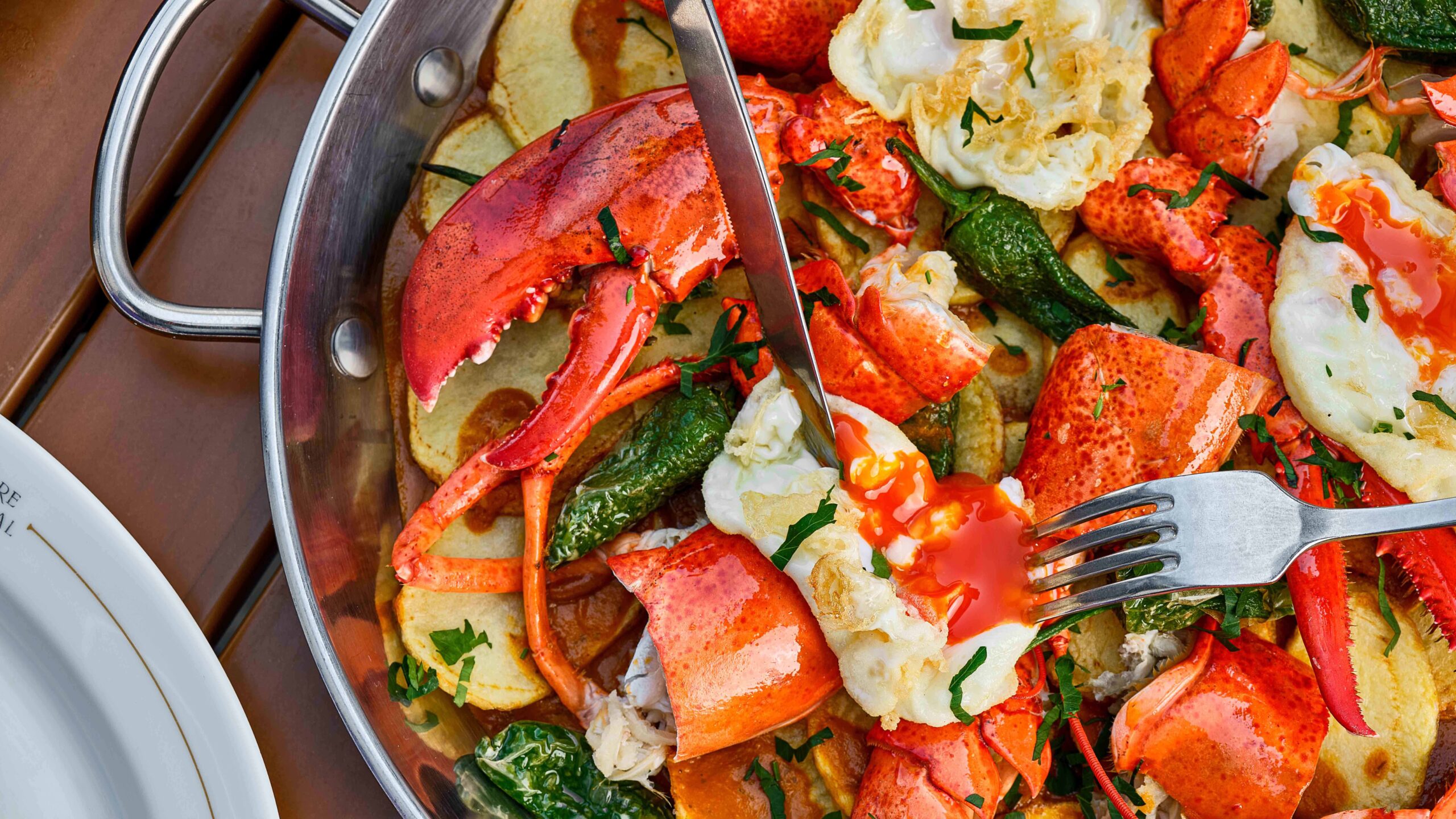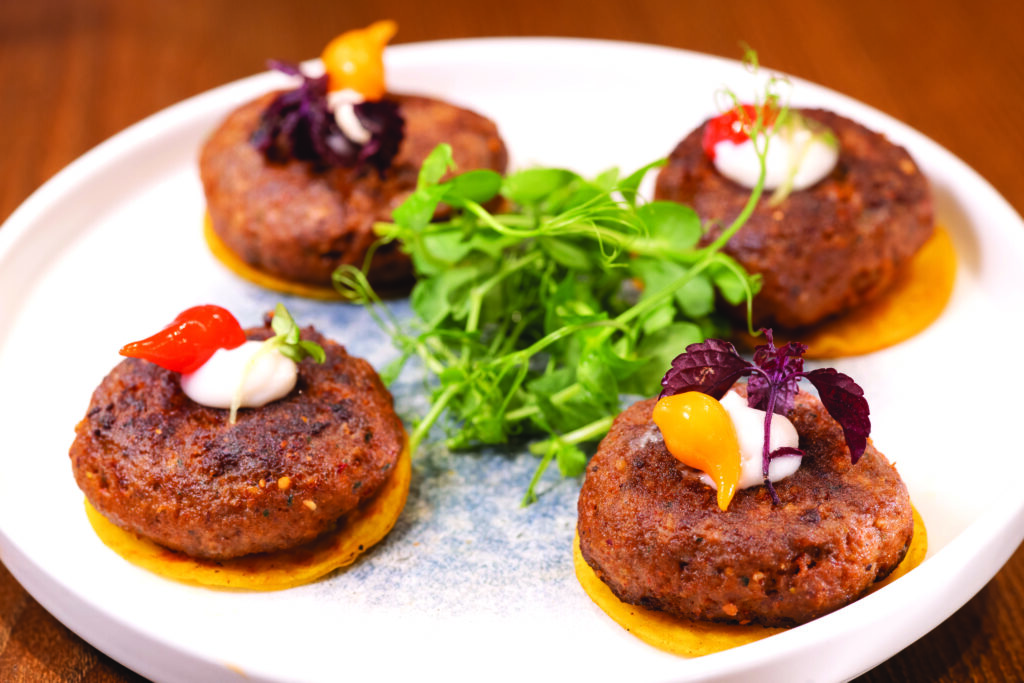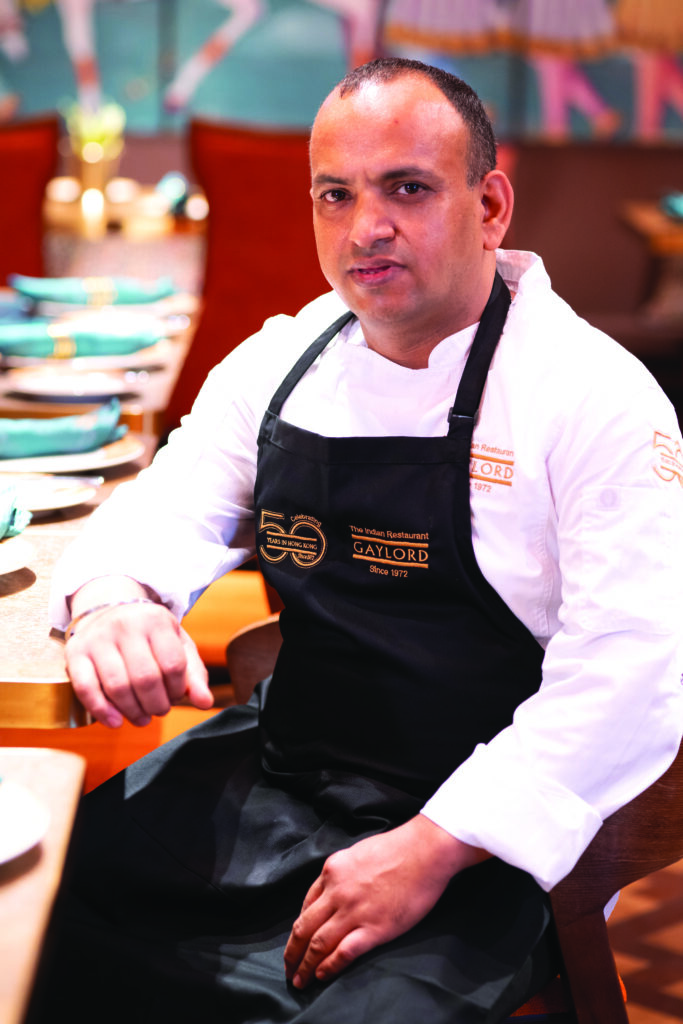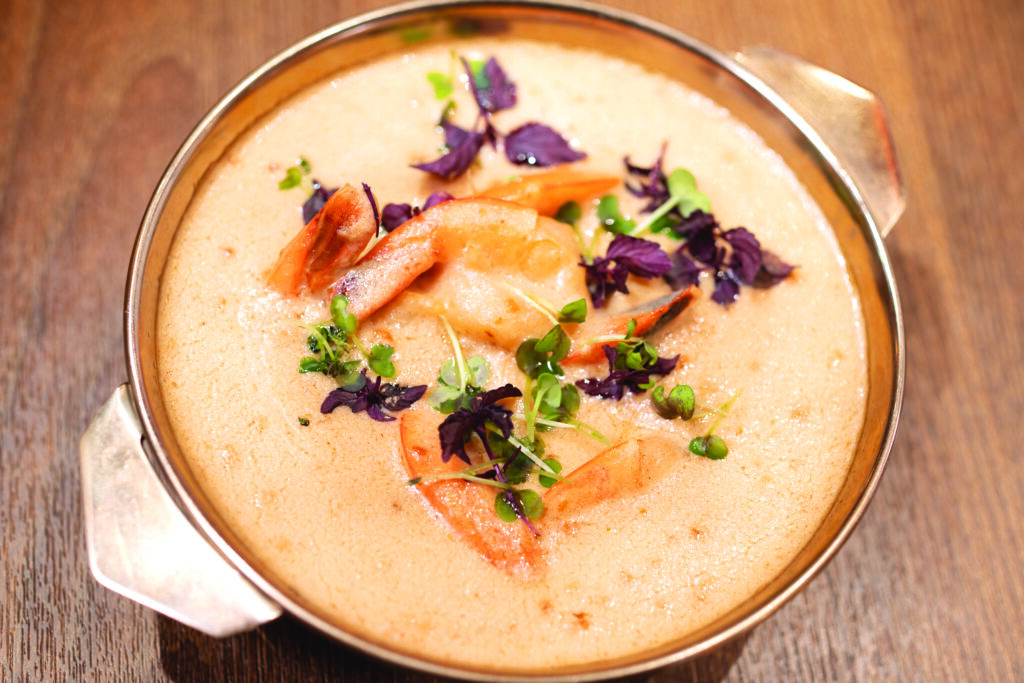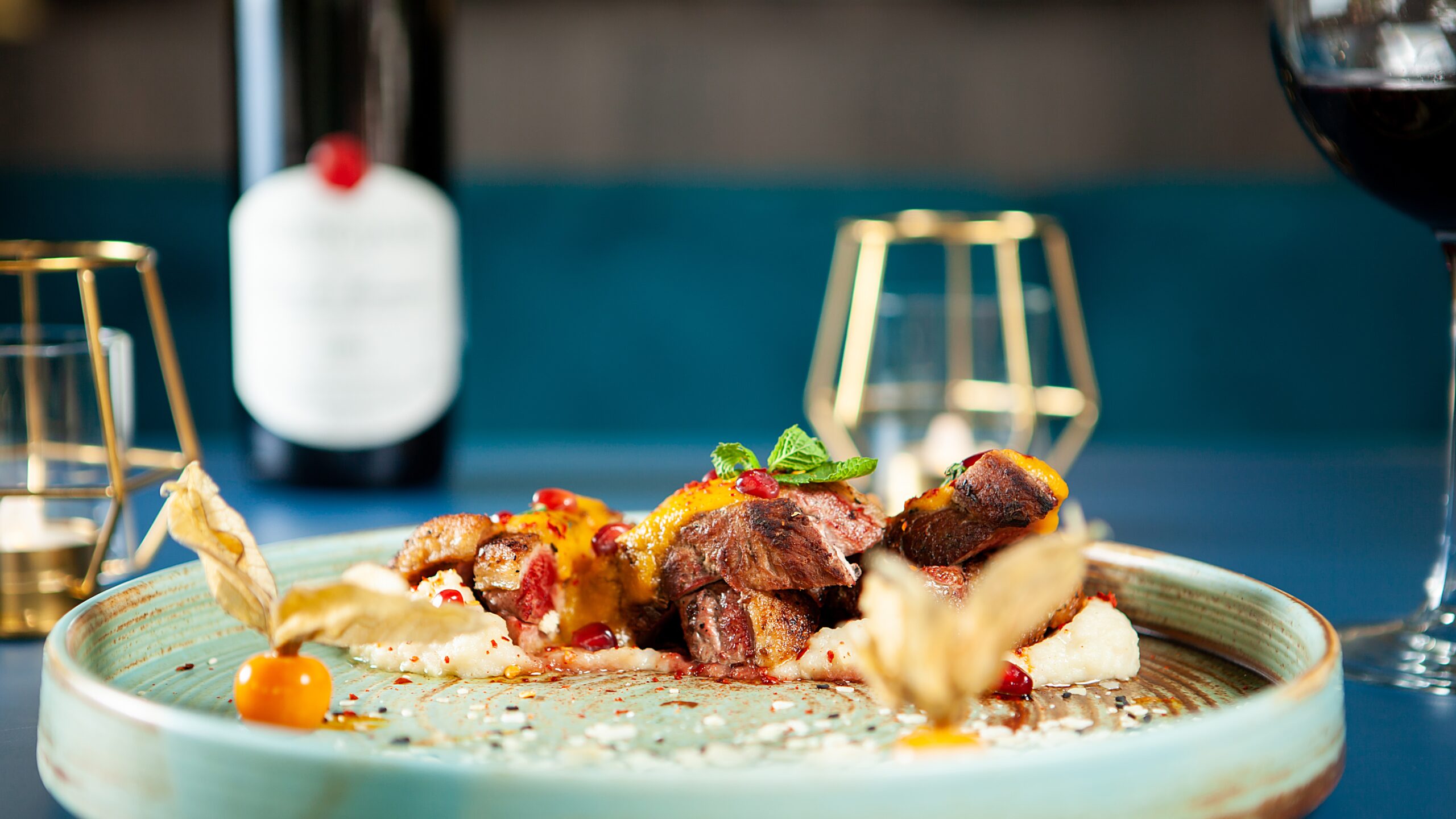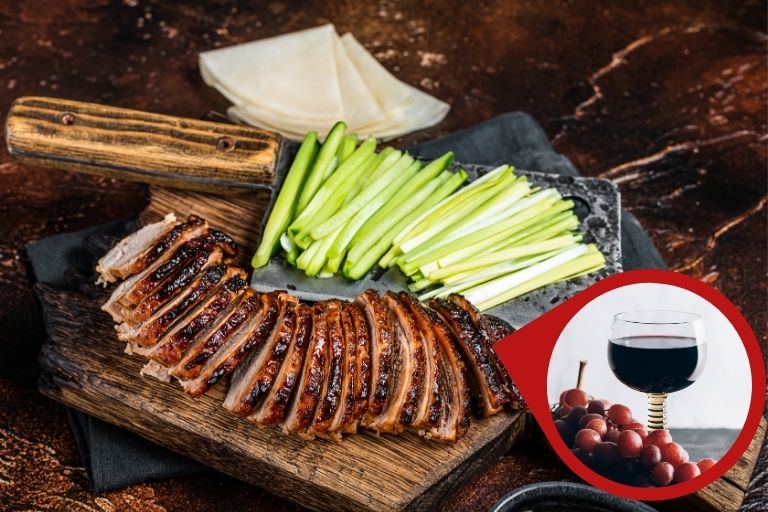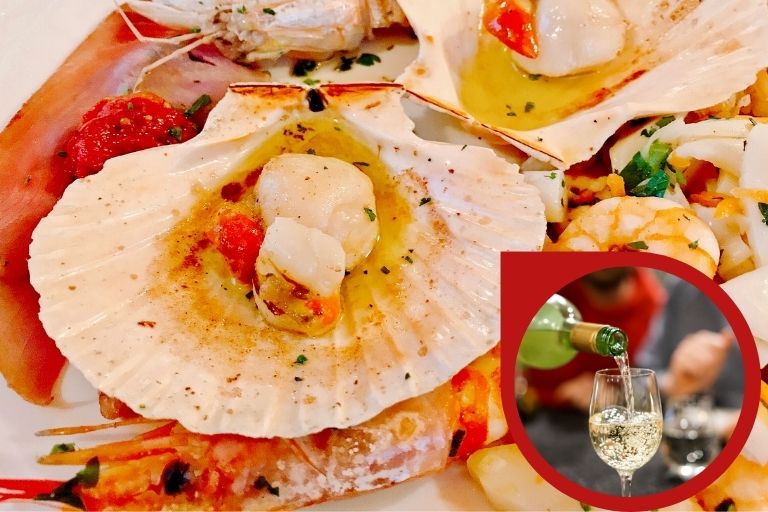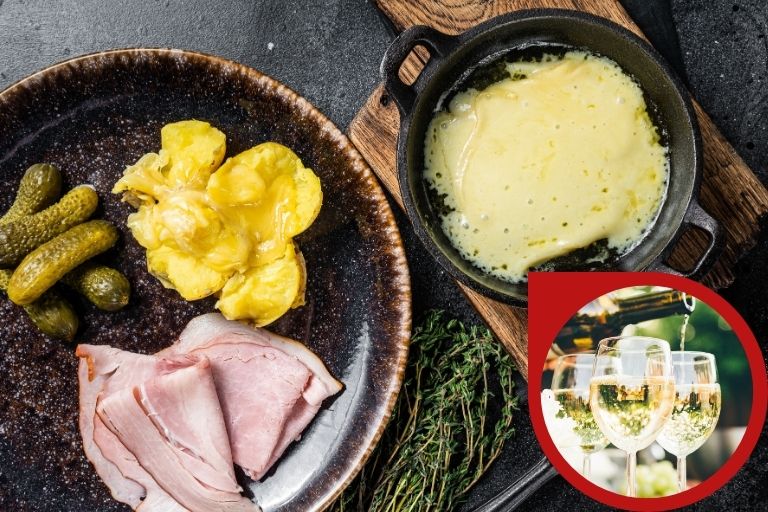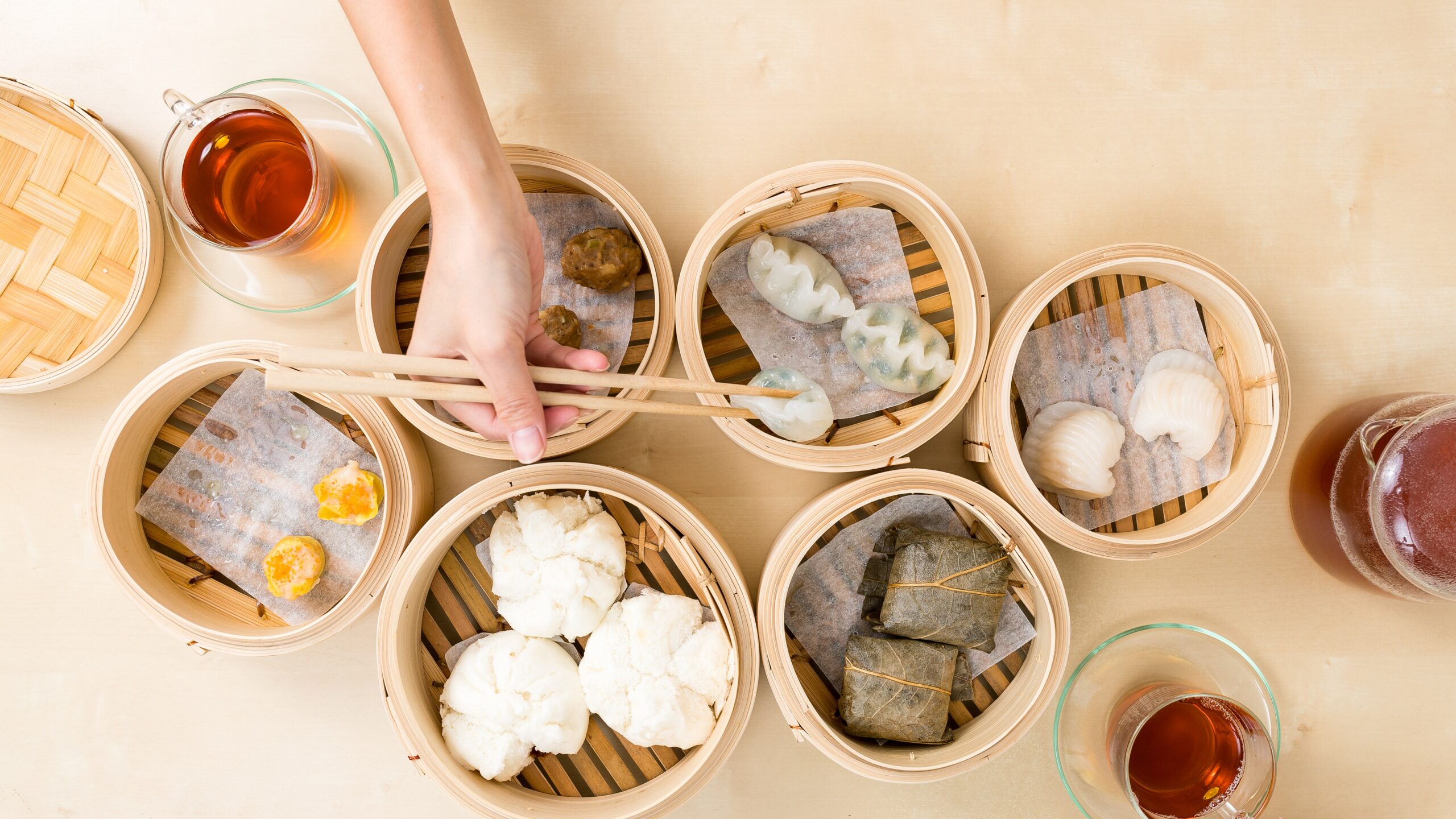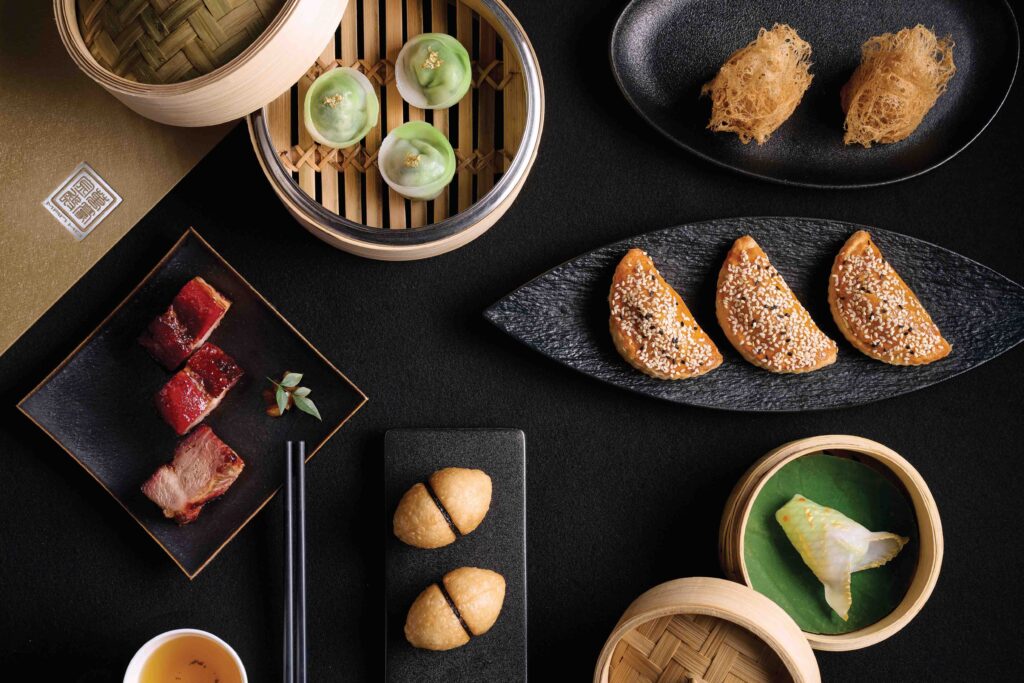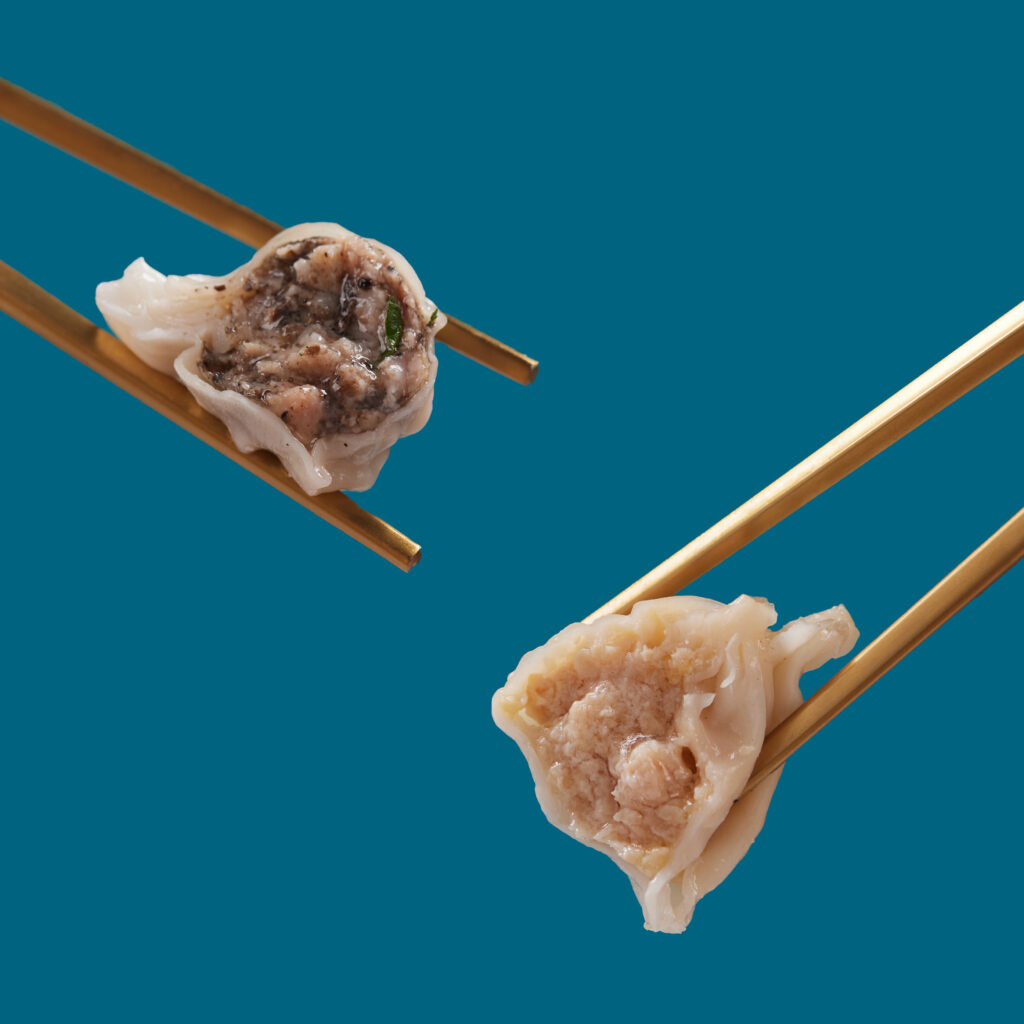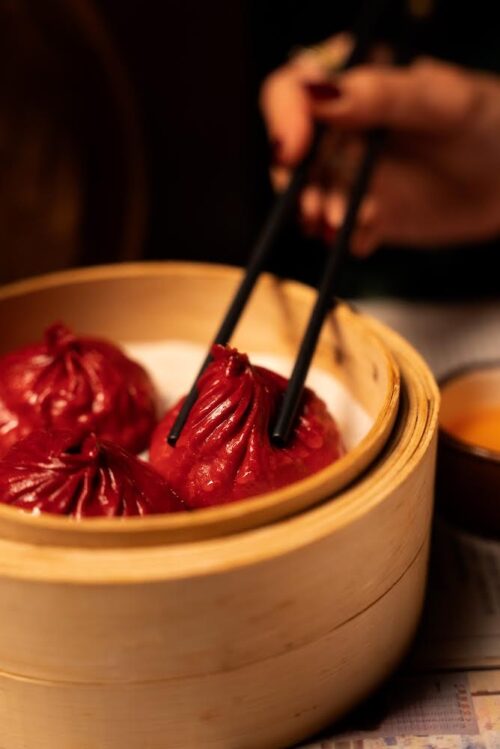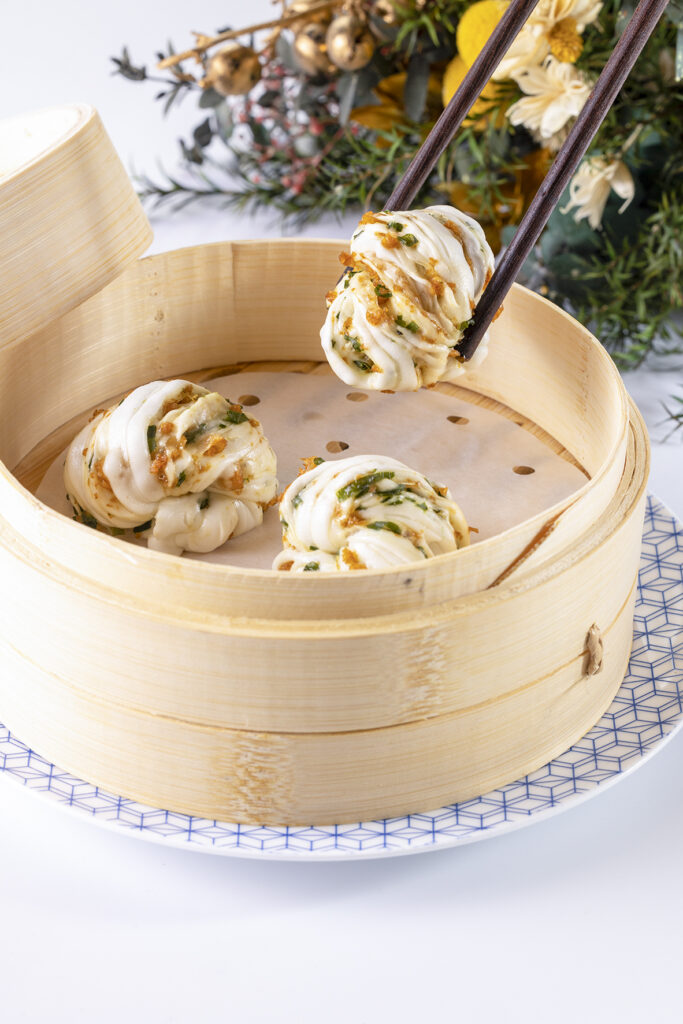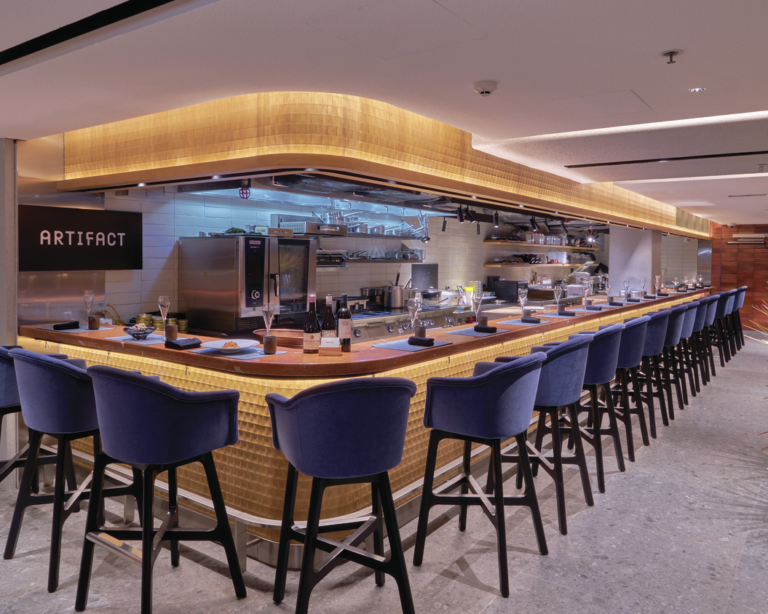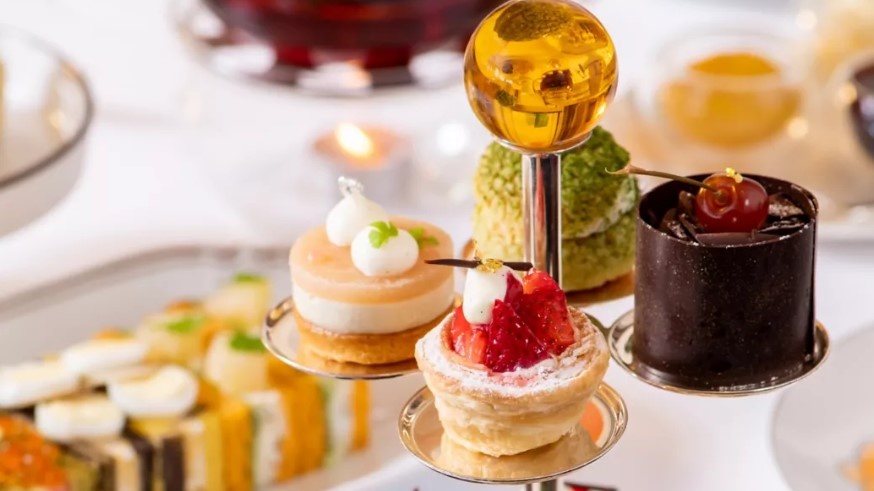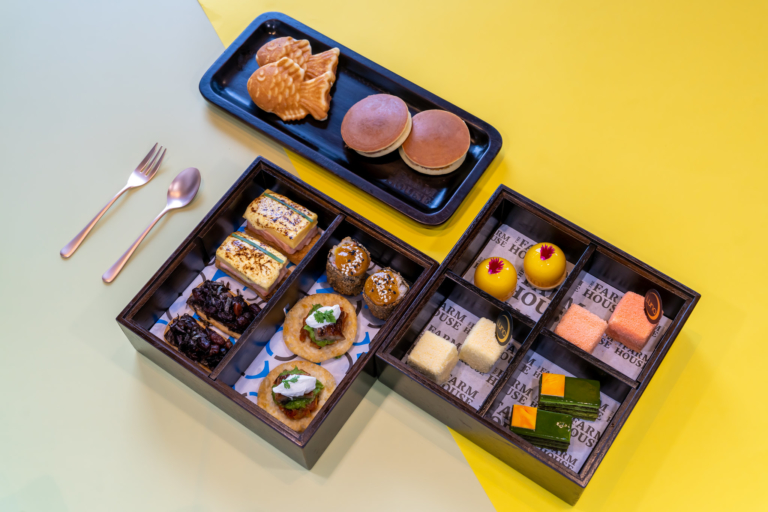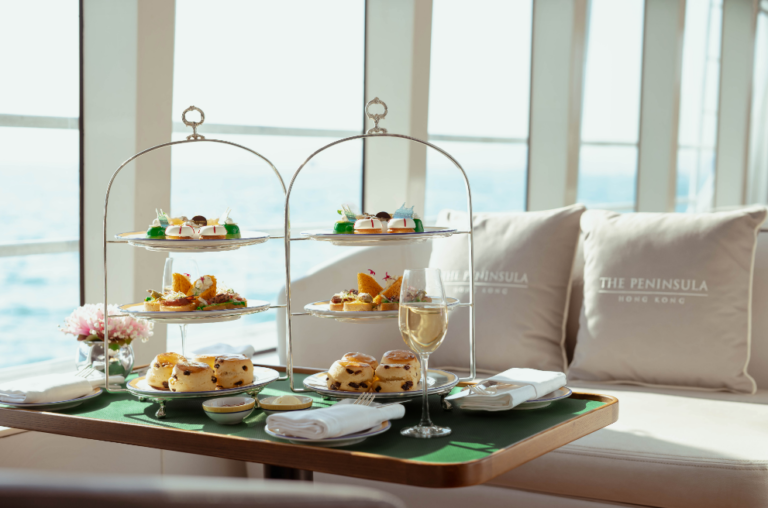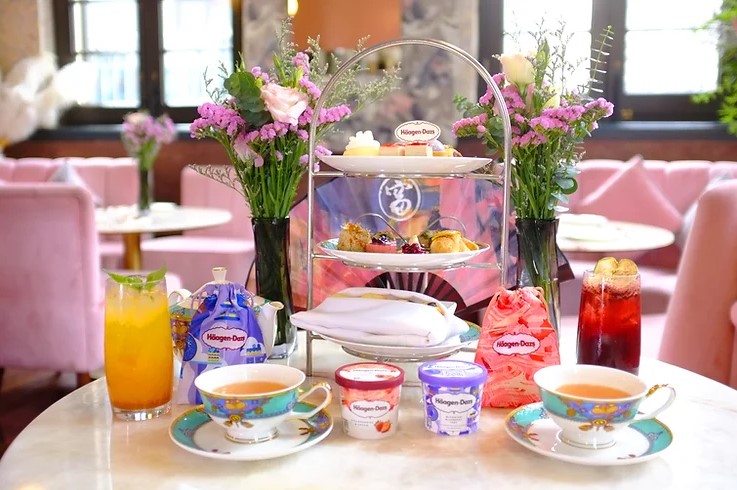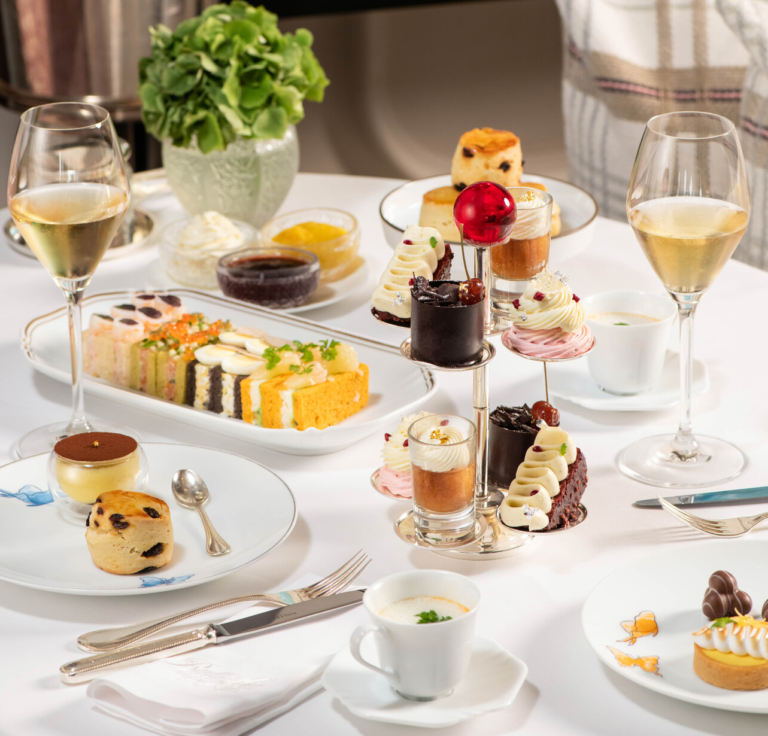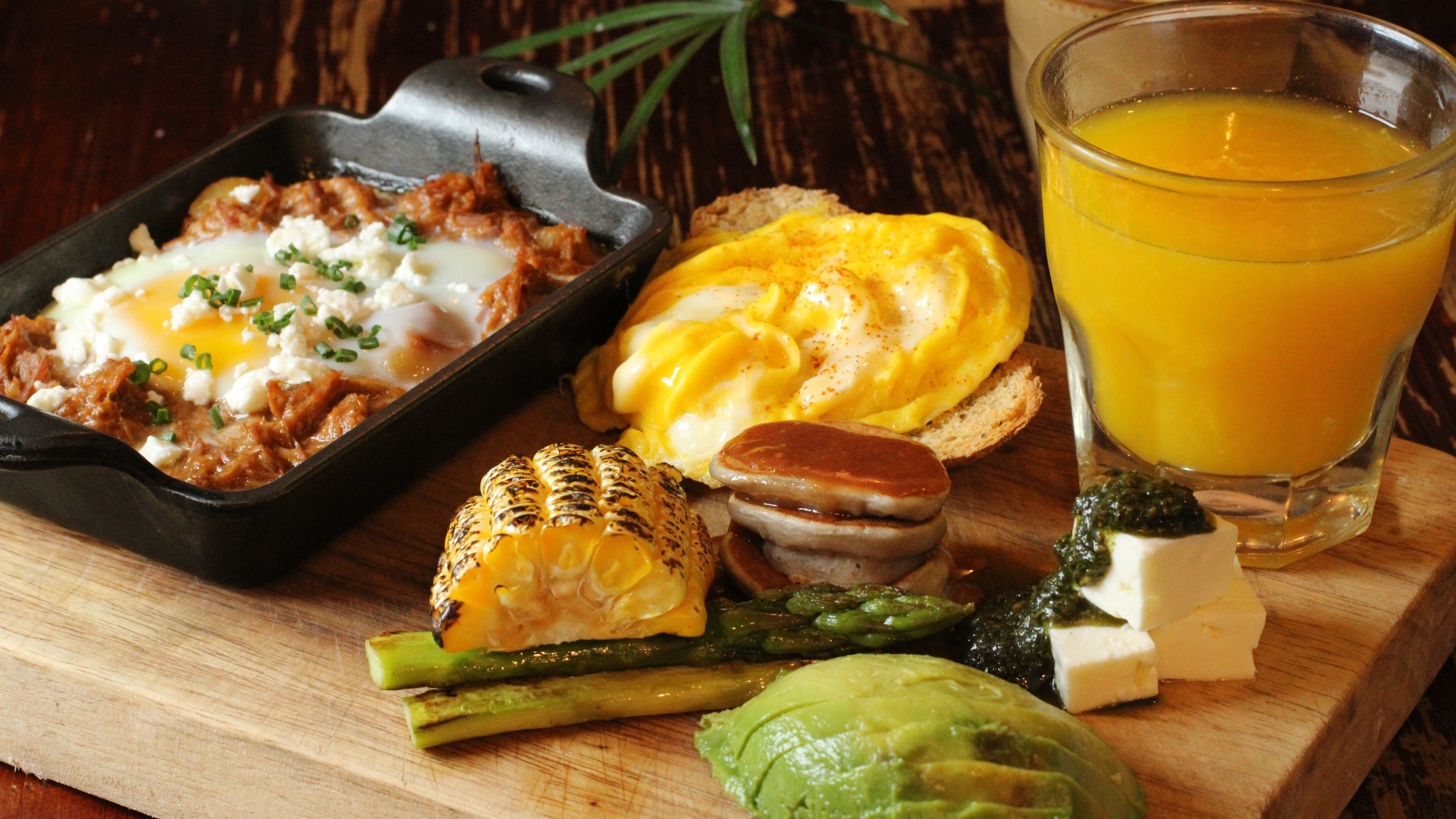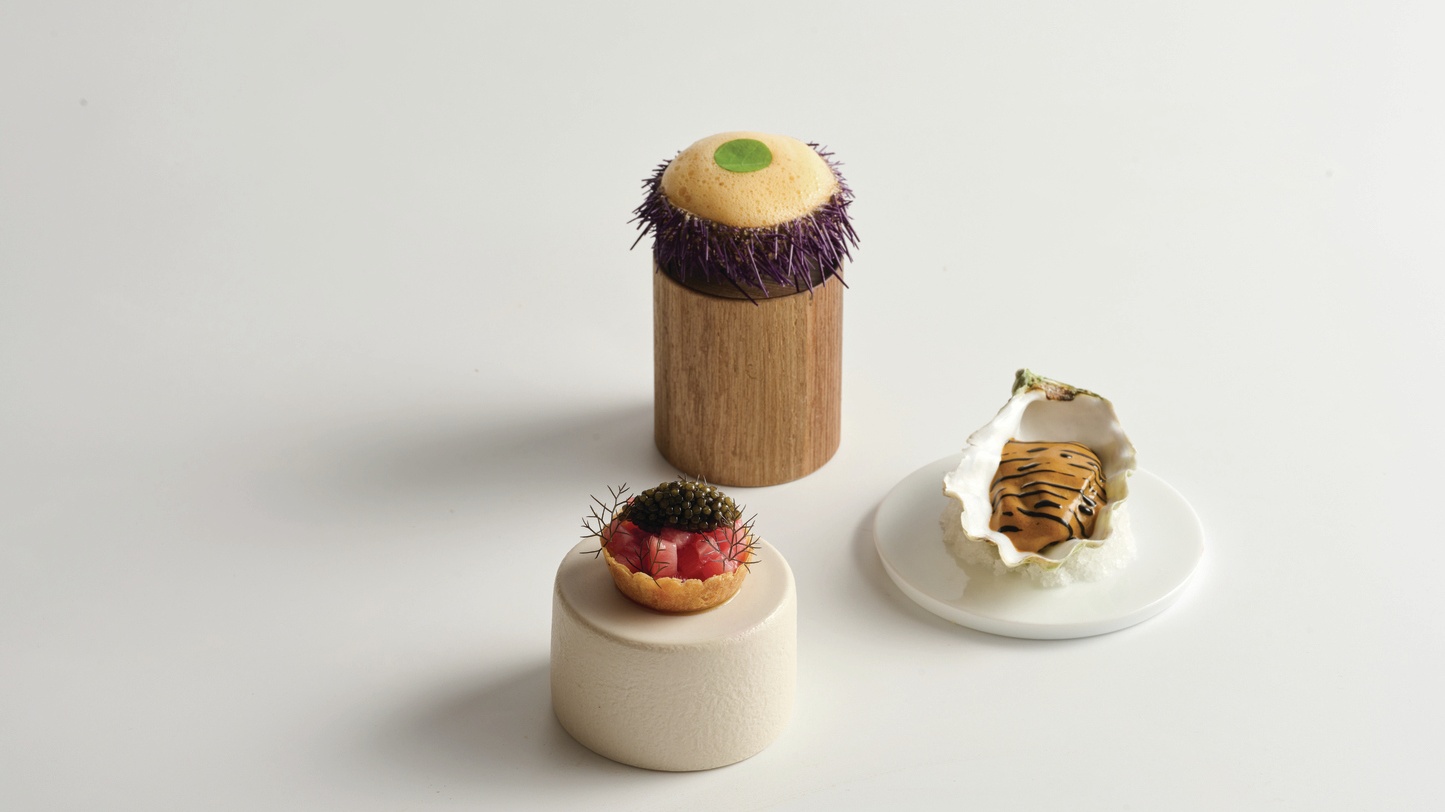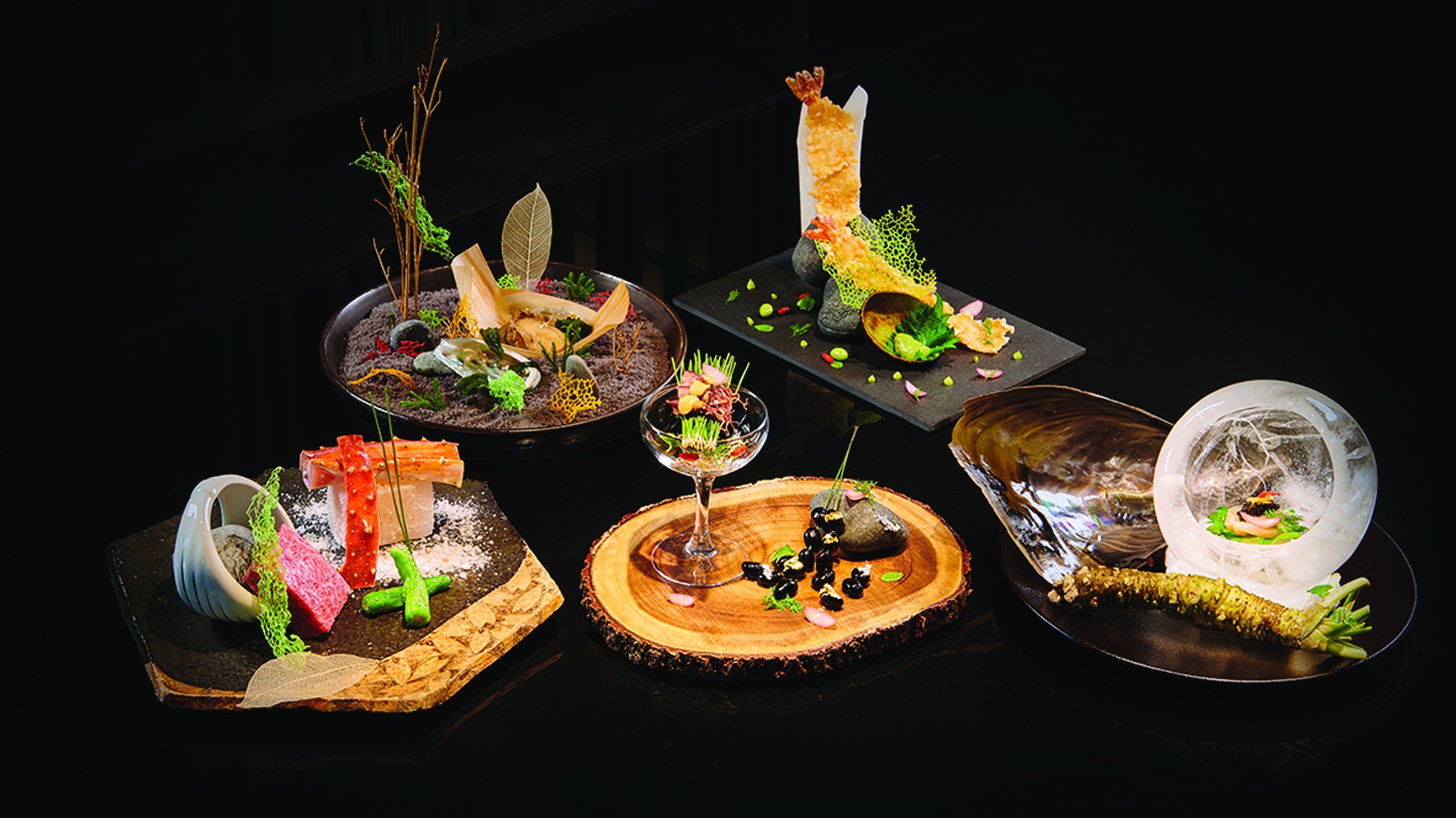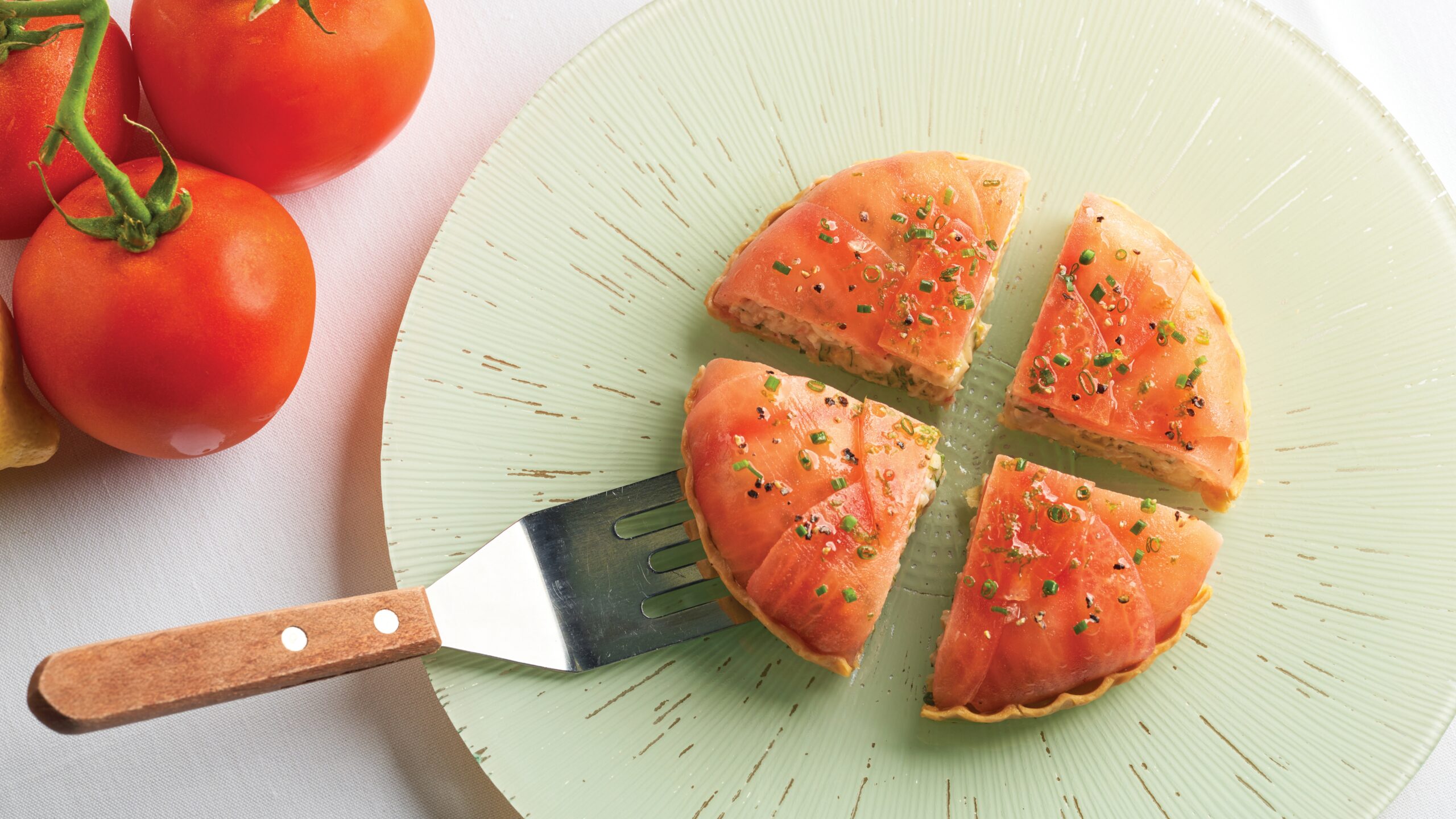Spanish food is a vibrant testament to the country’s diverse heritage. Hong Kongers just can’t seem to get enough of this spirited cuisine, as countless new concepts have come to join the fray, injecting the landscape with a fresh, youthful spirit. At Bayfare Social, the tapas-inspired neighbourhood bar-cum gastro market that is a part of Rosewood’s throng of restaurants, it is easy to overeat. Trays of flavourful and colourful dishes are continually carried about by servers. It has the same impact and effect as sushi served on a conveyor belt, mobile churrasco and dim-sum carts. Ensconced in tall chairs at the gleaming marble dining counters, you will continue to gather morsels and much more to munch on.
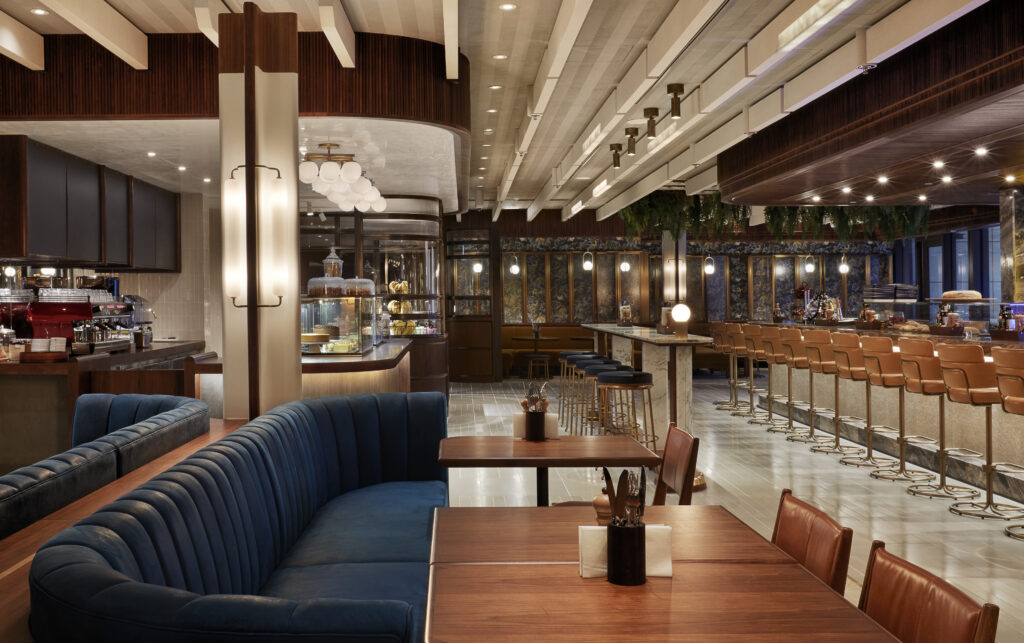
As far as culinary traditions go, Spain has plenty to offer. Known for being outgoing and sociable by nature, Spaniards have a deep affinity for centring joyous occasions around a table full of food. Many would agree that a celebratory feast is an integral part of Mediterranean culture. Safe to say, there are no restrictions here, besides perhaps your budget.
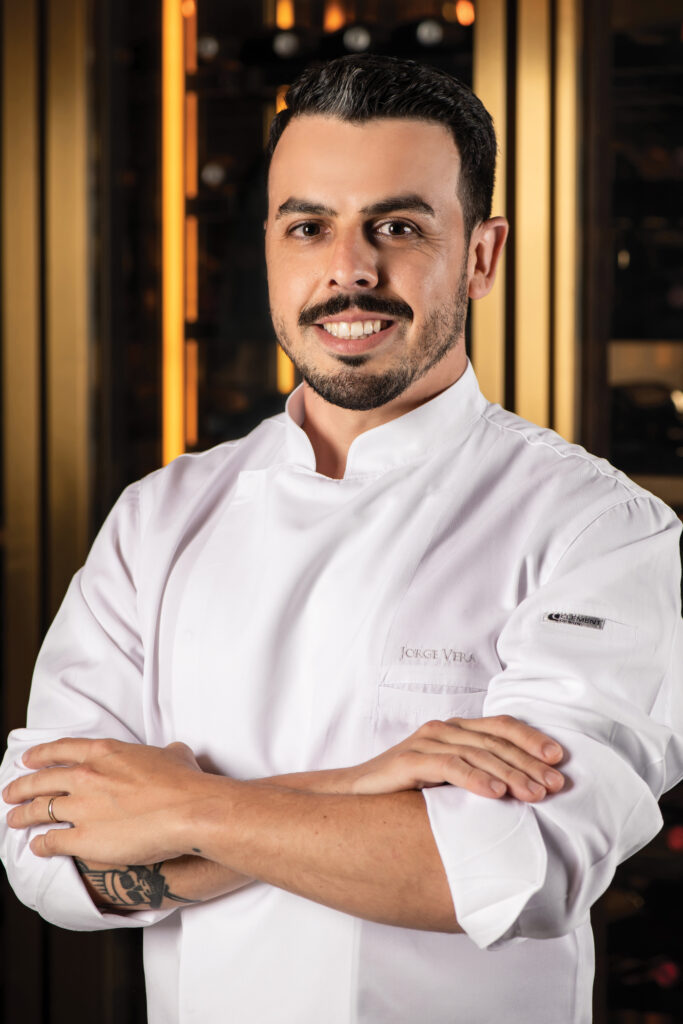
Yet, even with that particular concern, Head Chef Jor ge Ver a Gutiérrez’s offerings are as authentic as they can get without spending above one’s allotted budget. He says: “We assure our customers that the high quality of Spanish food we serve is value for money. People can really take a breather here, relax and enjoy the Spanish vibe.”
Gutiérrez has developed a dining experience unlike any other in his lively restaurant – as much about the food as it is an immersion into the simple, thoughtful, self-effacing temperament of his homeland. In their efforts to build a food commune in a bustling city location, let alone in a hotel adjacent to a shopping mall, Gutierrez and his team just happened to have also created the finest place to eat Spanish food.
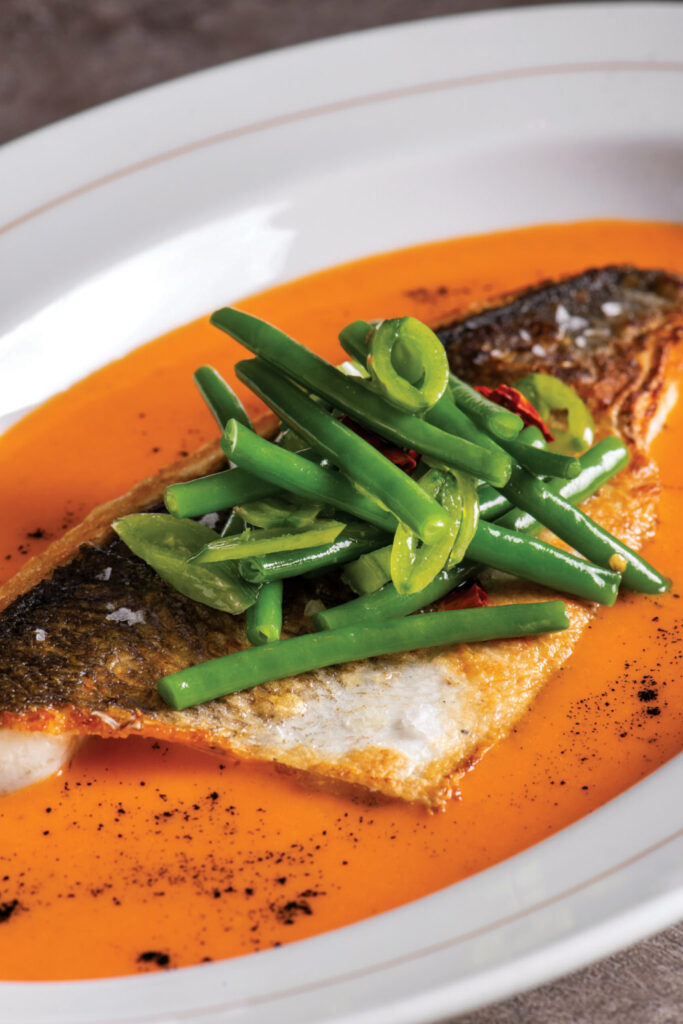
This vibrant enclave is emphasised by the use of dangling ferns and wild leaves on the ceiling and the strategic placement of separate open preparation counters dedicated to wines, mains and other gastronomic offerings. It also plays with balance, from the traditional brown clay pot displays and the Machuca tiles to the edgy geometric accents and the quirky yet nostalgic menu.

In true Spanish dining style, the elaborate spread is sure to enliven every celebration. There is charcuterie, tapas and a variety of paella. Everything is as splashy as the restaurant itself and hits a level 10 on the flavour scale. The new brunch menu, for example, begins with a refreshing and decadent seafood platter with jet-fresh Boston lobster, oysters and tiger prawns. The juicy Hokkaido shellfish in Scallop Tiradito – a Peruvian-inspired preparation – are enhanced by Spanish-style escabeche dressing and avocado.
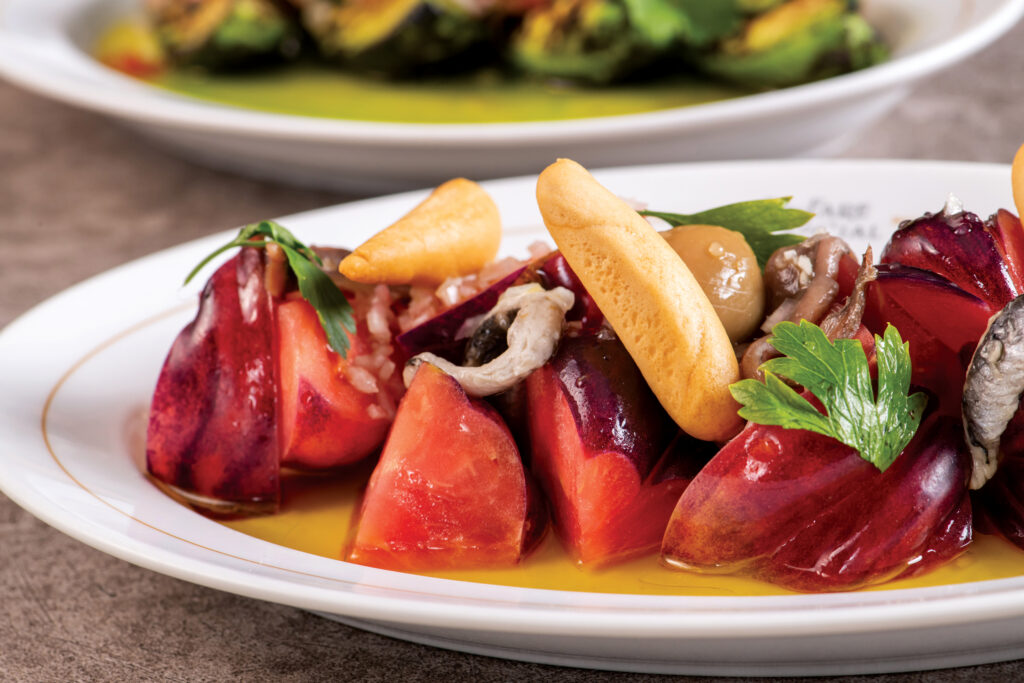
Even the lighter options make a bold impact. Starters are followed by traditional tapas of Ibérico Ham Croquetas with aioli, Padrón Peppers sprinkled with sea salt, and Chorizo a la Sidra, a classic appetiser of chorizo braised in cider.
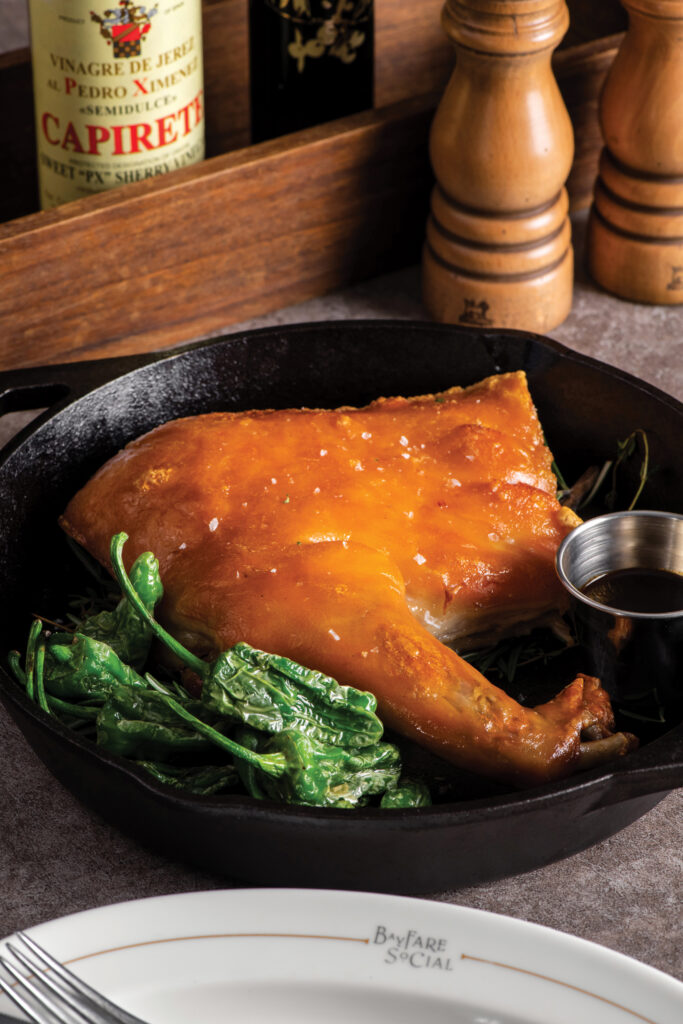
Following this eminently intriguing preamble are the hearty mains. Cochinillo Asado, the chef’s famous crispy-skinned roasted Spanish suckling pig with fried potatoes and homemade pork sauce, is smartly paired with a pan of Seafood Paella laden with clams, prawns, squid and aioli.
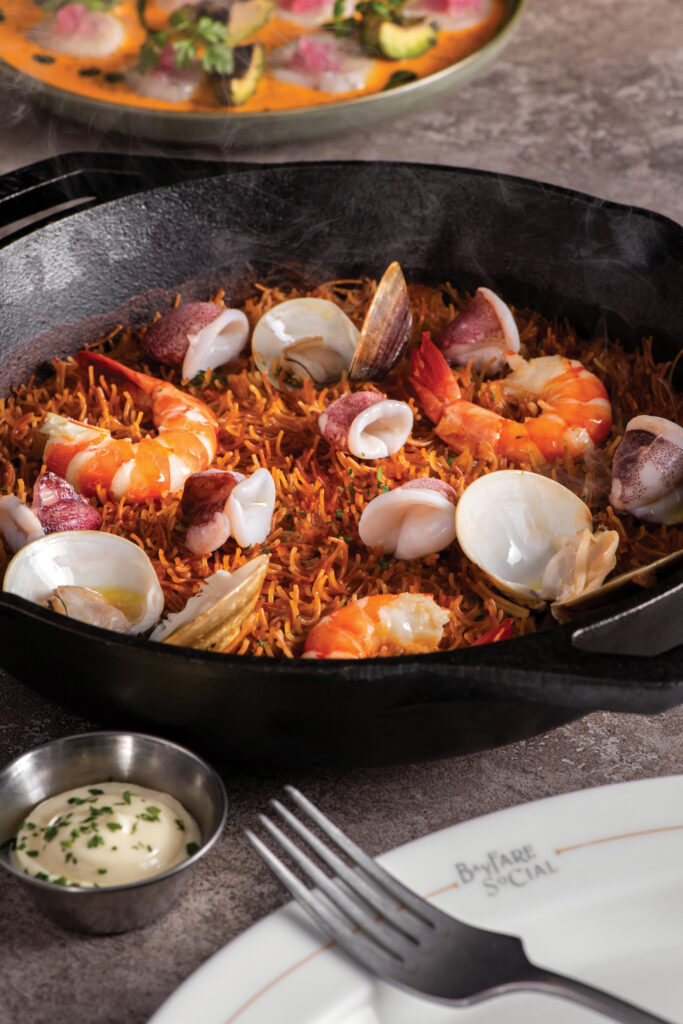
The best finale to this exceptional weekend spread is an indulgent dessert, courtesy of the traditional Spanish treat of Churros dipped in chocolate or tart of the day.
In Spain, gathering with friends and family to share food is a way of life that keeps people connected and is regarded as beneficial to mental health. Without fail, at the core of each gathering is a delicious spread, a tradition that Bayfare Social is committed to upholding. It not only delivers an authentic Spanish dining experience to Hong Kong but also surprises and delights with innovative twists and a huge helping of national pride.
BAYFARE SOCIAL 5/F, Victoria Dockside, 18 Salisbury Road, Rosewood – Hong Kong, +852 3981 8732
Photos: Bayfare Social
Video: Jack Fontanilla



